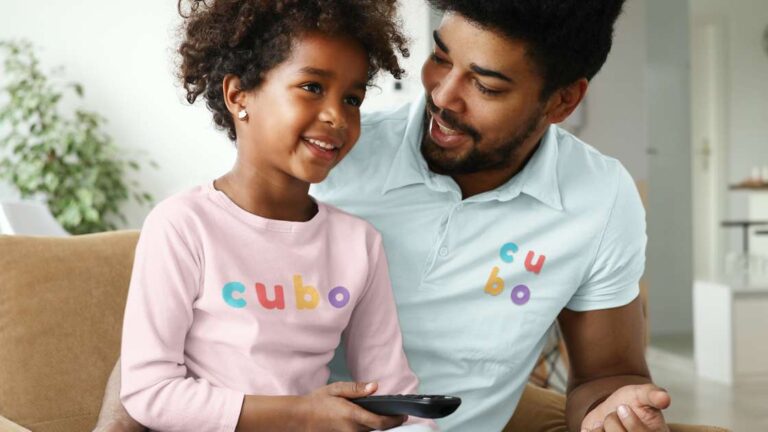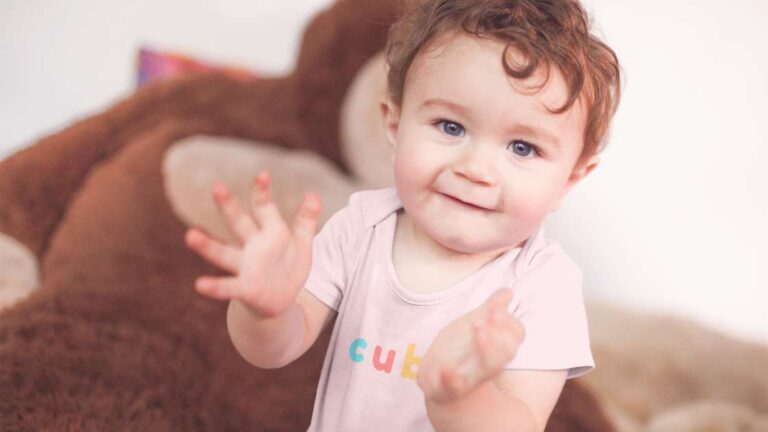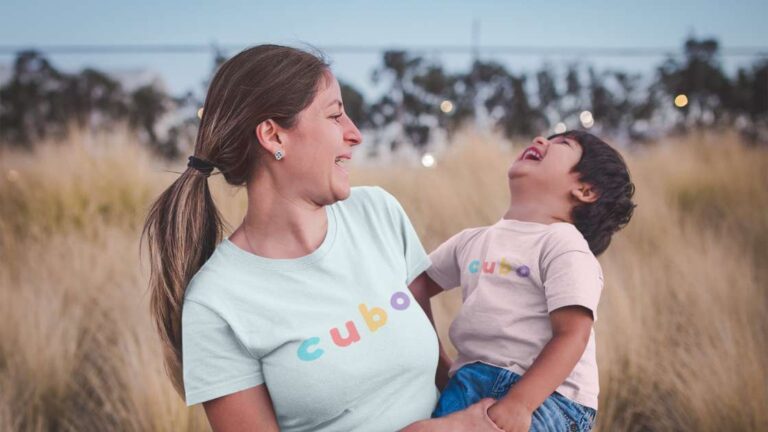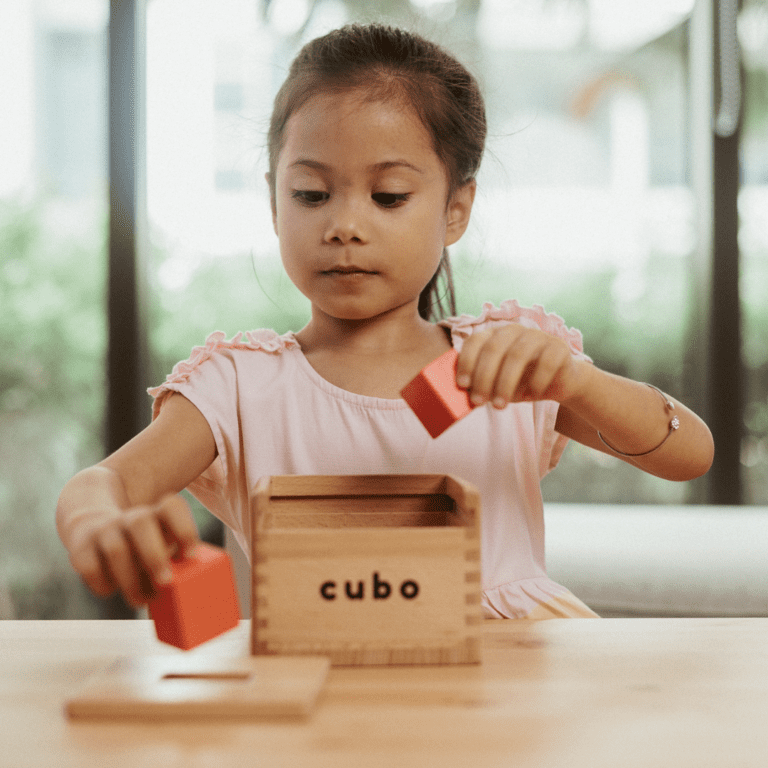Ooh~! I love seeing all the wooden toys that teach about math – sorting, stacking, counting.. got to catch them all. Problem is, wooden toys are a gem and it doesn’t come with a small wallet. Good thing is that, you can do without any resources. Now, how is that possible? It must be a sham.
If you love teaching kids about STEM, we wrote how to play using light and shadow and how to raise a generation of engineers.

The truth is, we can teach math to our children in a natural way while we walk outdoors, have conversations, or sit down for play. We can get our children to learn numeracy skills from birth to preschool years in the everyday. Children learn more if the concept they are learning is tangible and seeing it in the everyday life makes it real.
In here, we list three ways we can teach math in the outdoors..

1 / Counting our steps
We can count our steps from one to ten when we walk from a start point, that can be the door, to an end point, that can be the gate or lift. We can also count steps when we use the staircase, in which my daughter had easily picked up to count in two languages (she was between 18-24 months then). A good exercise is to do comparison counting of steps between a parent, the child, and the pet, if any. Questions like how many steps will it take for dad to reach the post compared to the child. A great follow-up question is to ask, “Why do you think there’s a difference?” Let them think and don’t jump in to answer yet. Sometimes, we’ll get funny answers like because “You have dinosaur feet, dad!” or because “Spark have four funny feet”.

2 / Spotting numbers and shapes
It’s like a treasure hunt and a great conversation starter with children when you walk with them while they’re in the pram. Ask them if they see any numbers around like house numbers, road signs, or a car’s plate numbers. If you can, try to identify the numbers to improve number recognition. You can also ask your children to spot shapes around them – the buildings, fences, and things in the playground. You can further the discussion when they spot a triangle from a house by asking “How many sides does a triangle have?”

3 / Mapping your journey
Whenever you go out, you’ll have a planned journey ahead like going to the postal office, to the supermarket, or to the library. When you frequent these places, your child gets familiar to the orientation of places in their head. I was once surprised when I asked my child where the big playground is and she stopped a moment to think, surveyed the area, and correctly pointed the direction from memory. She was in the early twos then and we always had the same path every time we go there so the memory stuck.
During your walks, you can either mention or ask your children the directions. “We are turning right to reach the bakery.” or “Should we to turn back to see the vet?” You can notice things loudly like, “We are walking under the overhead bridge.”, “We are going through a long, dark tunnel” (she loves tunnels specially at long drives along the highway), or “We are nearing the pedestrian crossing“. You can also ask them to count for measurement such as “How many more benches before we reach the end of the park?” or “How many roundabouts did we pass by?”. These conversations improve spatial knowledge and before you know it, you’ll have a way finder as good as Moana.
And this is great as I vividly remember the time when my ten months old was very frustrated as she felt trapped when she couldn’t reach me on the other side of the coffee table. She couldn’t understand how to get to me back then but it improved over time.
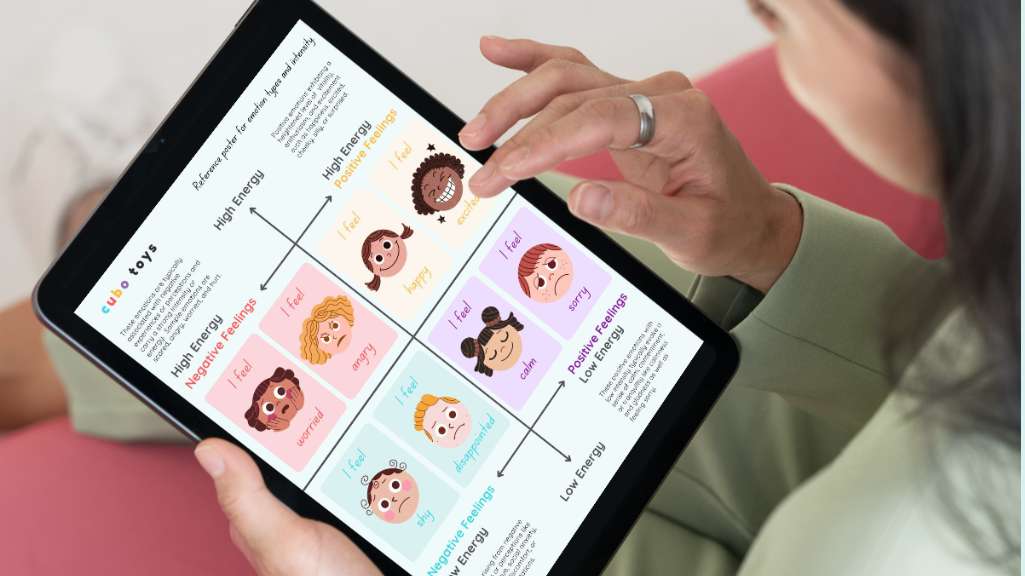
Get ready for smoother days~!
You can drive test our beautiful products by printing our social emotional learning lesson plans.


 Unwrap our holiday deals to gift to your pres
Unwrap our holiday deals to gift to your pres





